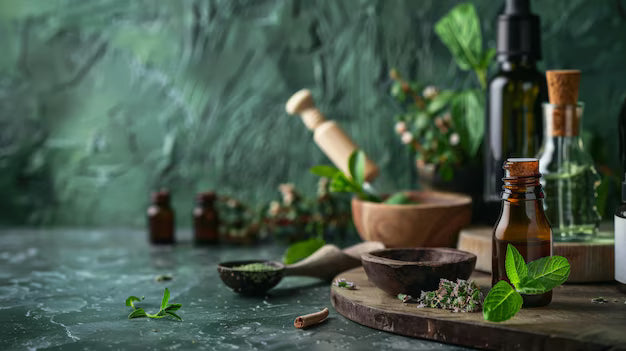
From Herbal Wine to Single Malt: The Evolution of India’s Drinking Culture
Share
Tracing the Past, Understanding the Present and Predicting the Future
India’s relationship with alcohol is layered - a blend of ritual, rebellion, celebration and stigma. But over the decades, one thing has become clear: drinking in India is no longer just about consumption - it’s about identity.
1. Ancient India: Alcohol as Ritual, Not Vice
Alcohol is not foreign to Indian civilization. In fact, it was once sacred.
-
In Ayurveda, fermented herbal wines ( Asavas and Arishtas ) were part of prescribed treatment for vitality and digestion.
-
In various regions, local brews like toddy, mahua and handia formed part of social and religious rituals - shared communally and respectfully.

In short, alcohol in ancient India was seen as ceremonial, not sinful. The taboo came later.
2. The Colonial & Post-Colonial Shift: From Respect to Repression
British rule changed everything.
-
Alcohol became a taxed, controlled commodity.
-
Drinking shifted from being ritualistic to class-based - an activity associated with Westernized elites or rural excess.
-
Social conservatism combined with prohibition movements ( notably in Gujarat and Bihar ) framed alcohol as a moral threat, especially to the middle class.

By the 1980s–90s, alcohol was either:
-
Drunk in secrecy ( middle-class men )
-
Abused in pockets ( rural/low-income )
-
Displayed as a sign of status in upper-class circles ( scotch, cognac )
3. Today: A Generation Rewriting the Script
Since liberalization ( 1991 ) and especially in the post-2010s urban boom, India's drinking landscape has undergone a radical shift:
a. Drinking is now social, not secretive.
Urban Indians, especially millennials and Gen Z view drinking as:
-
A way to unwind
-
A marker of adulthood
-
A social glue
Home parties, rooftop bars and Airbnb-style drinking are the norm.
b. Women are drinking more - and better.
A 2022 study shows a 35% rise in alcohol consumption among Indian women in Tier 1 cities. The narrative has shifted from stigma to style.
c. People care about glassware, presentation, and experience.
With the rise of cocktail culture, home bars and premium gifting, the average consumer is now:
-
Buying better bottles
-
Using designer glassware
-
Seeking ritual and aesthetic, not just the buzz
4. What the Future Holds: 5 Clear Trends
a. Premiumization of Alcohol & Accessories
Consumers want better, not more. This means:
-
Artisanal whiskey, craft beer, infused gins
-
Lead-free, etched, designer barware
b. Mindful Drinking
The “sober curious” trend is growing. People are:
-
Drinking less often, but spending more on quality experiences
-
Hosting curated nights at home with premium presentation
-
Respecting alcohol as a ritual - not escape
c. Barware as Gifting
Whiskey glasses, decanters and bundles are increasingly bought as:
-
Birthday and promotion gifts
-
Wedding presents for groomsmen
-
Corporate gifts with meaning
d. Instagram-First Aesthetics
Social sharing has made how you drink as important as what you drink. Visual storytelling matters.
5. Tier 2 + Tier 3 Expansion
The next wave isn’t just Mumbai, Delhi, Bangalore.
Cities like Indore, Kochi, Jaipur, Surat and Coimbatore are:
-
Getting bars and lounges
-
Seeing younger customers adopt premium habits
-
Creating demand for stylish barware that feels international but is priced smartly


